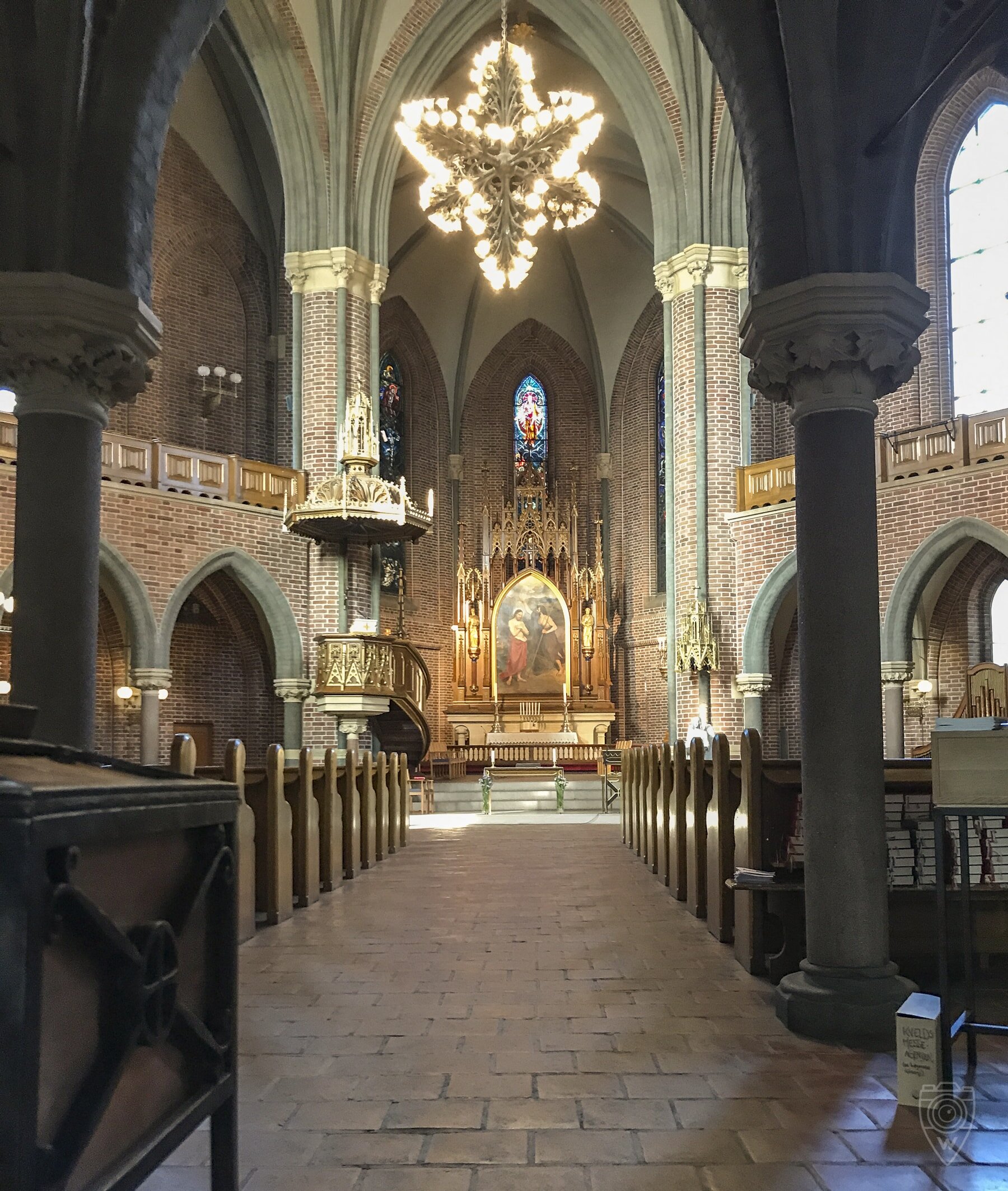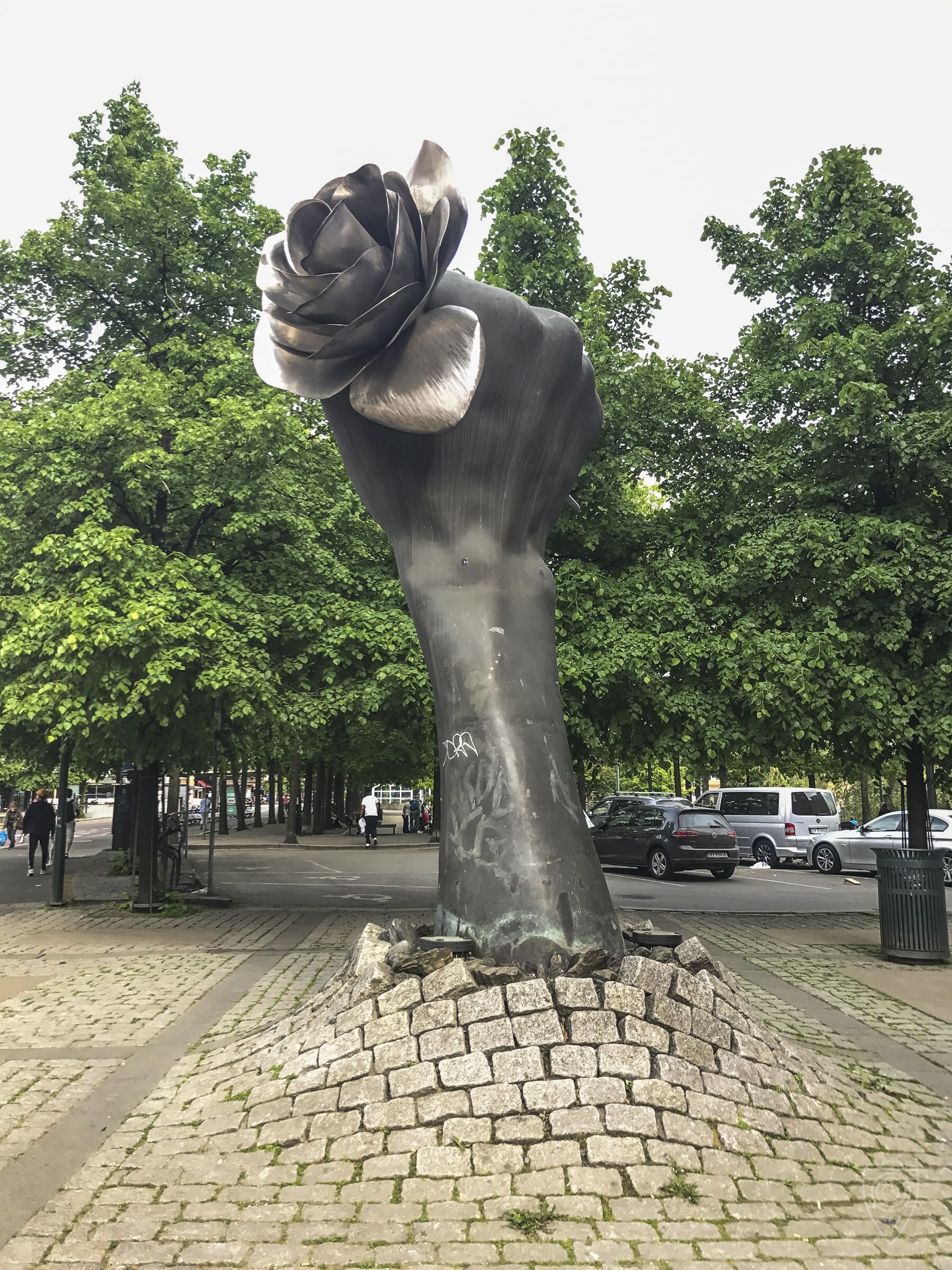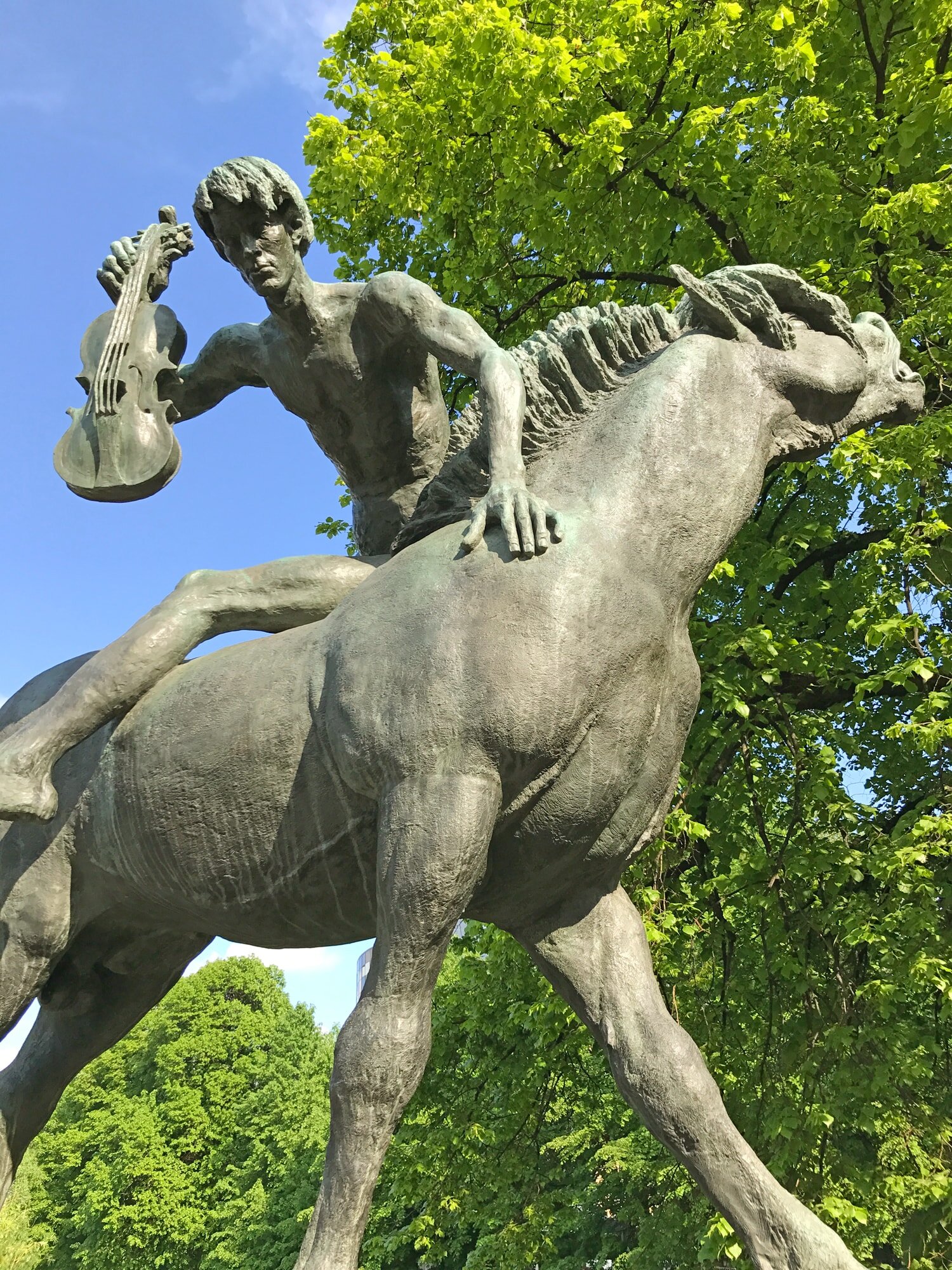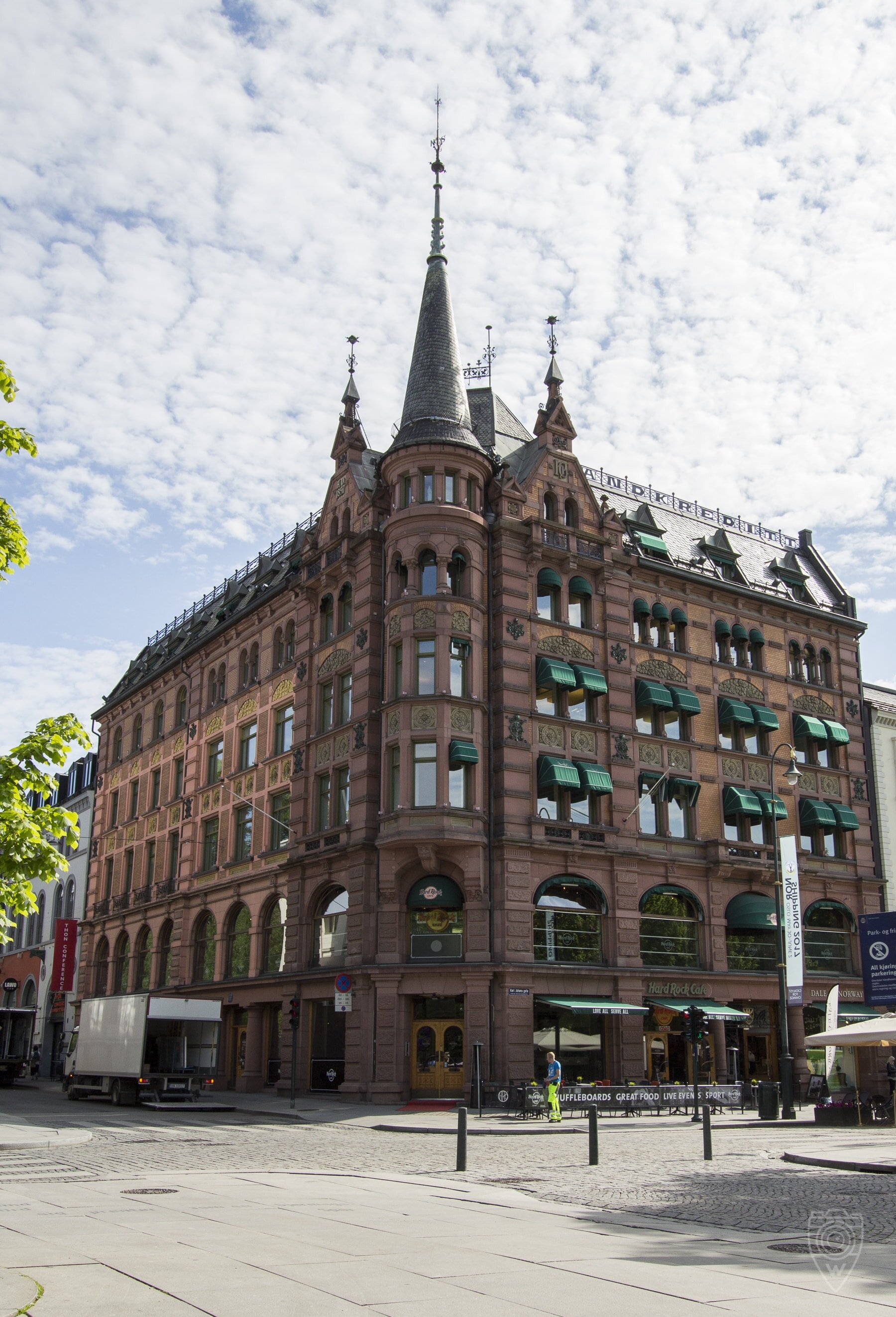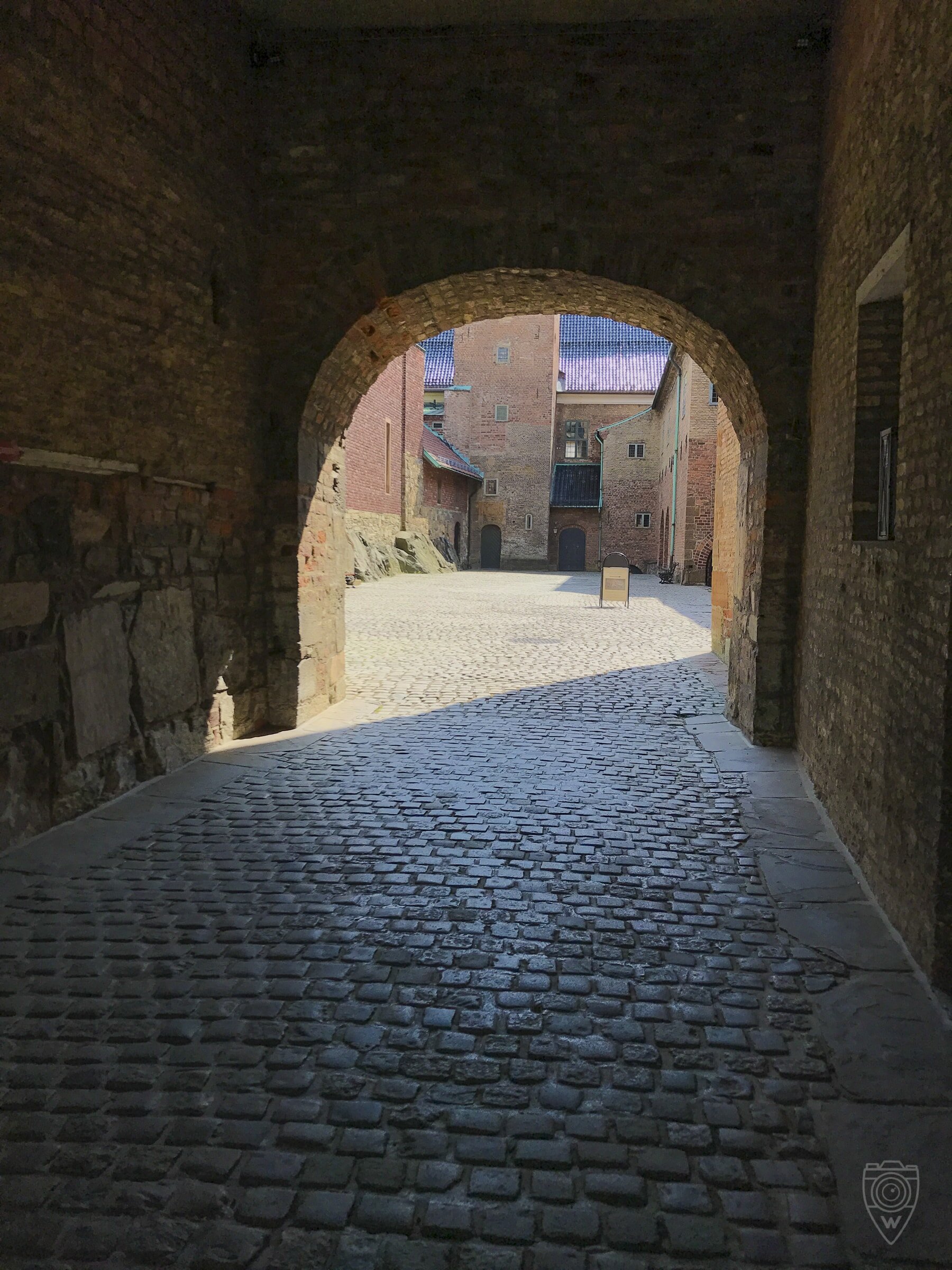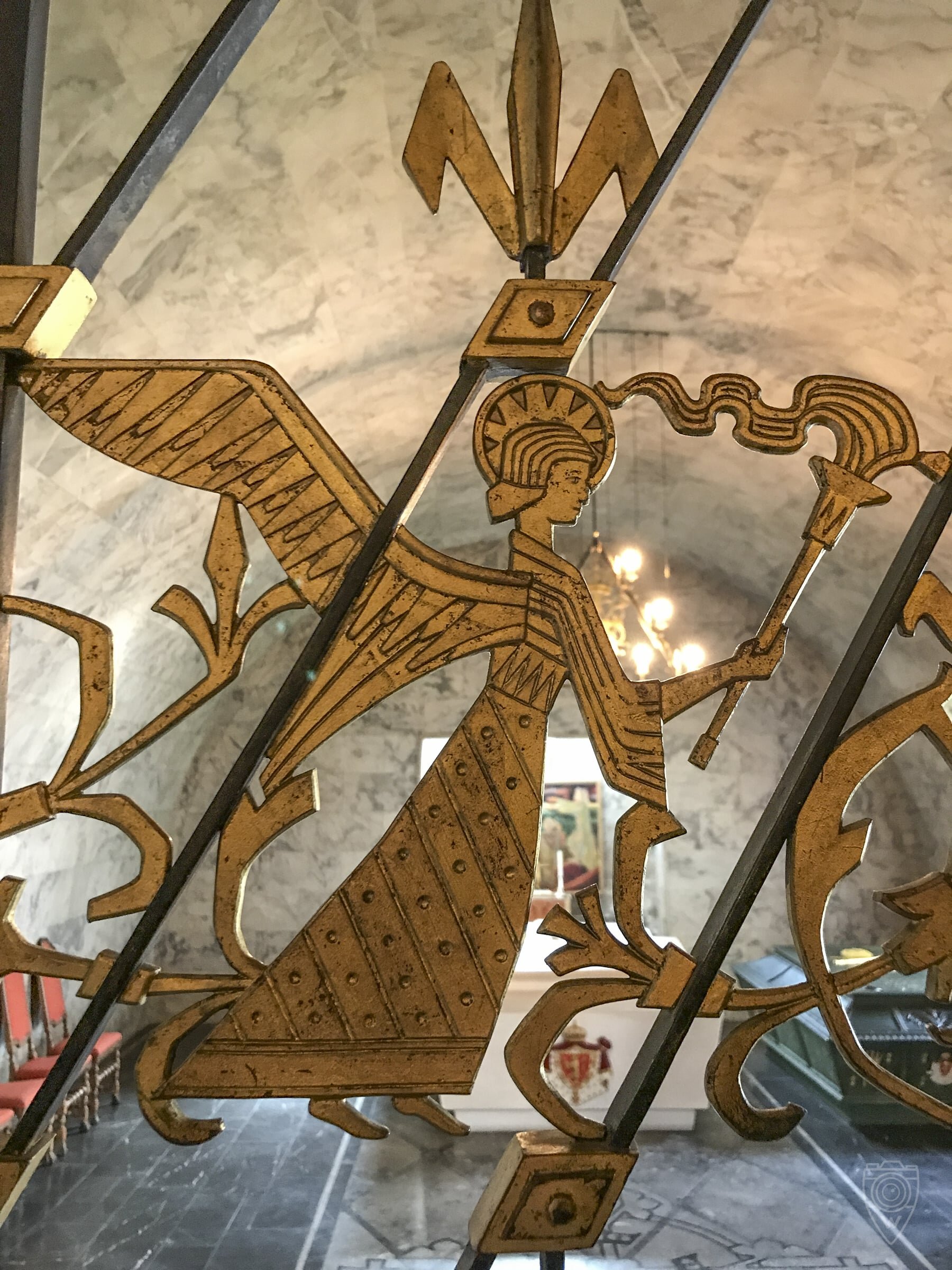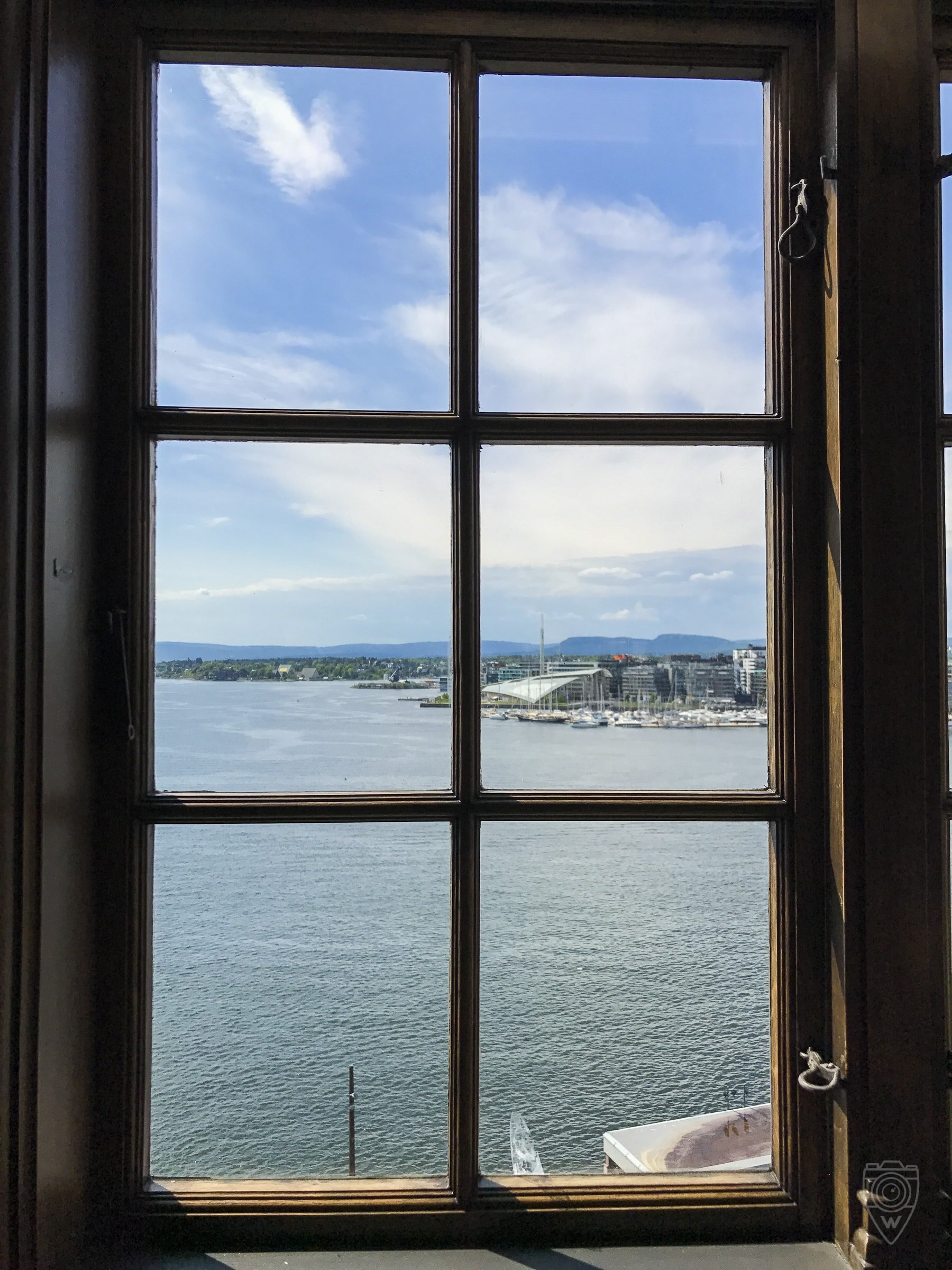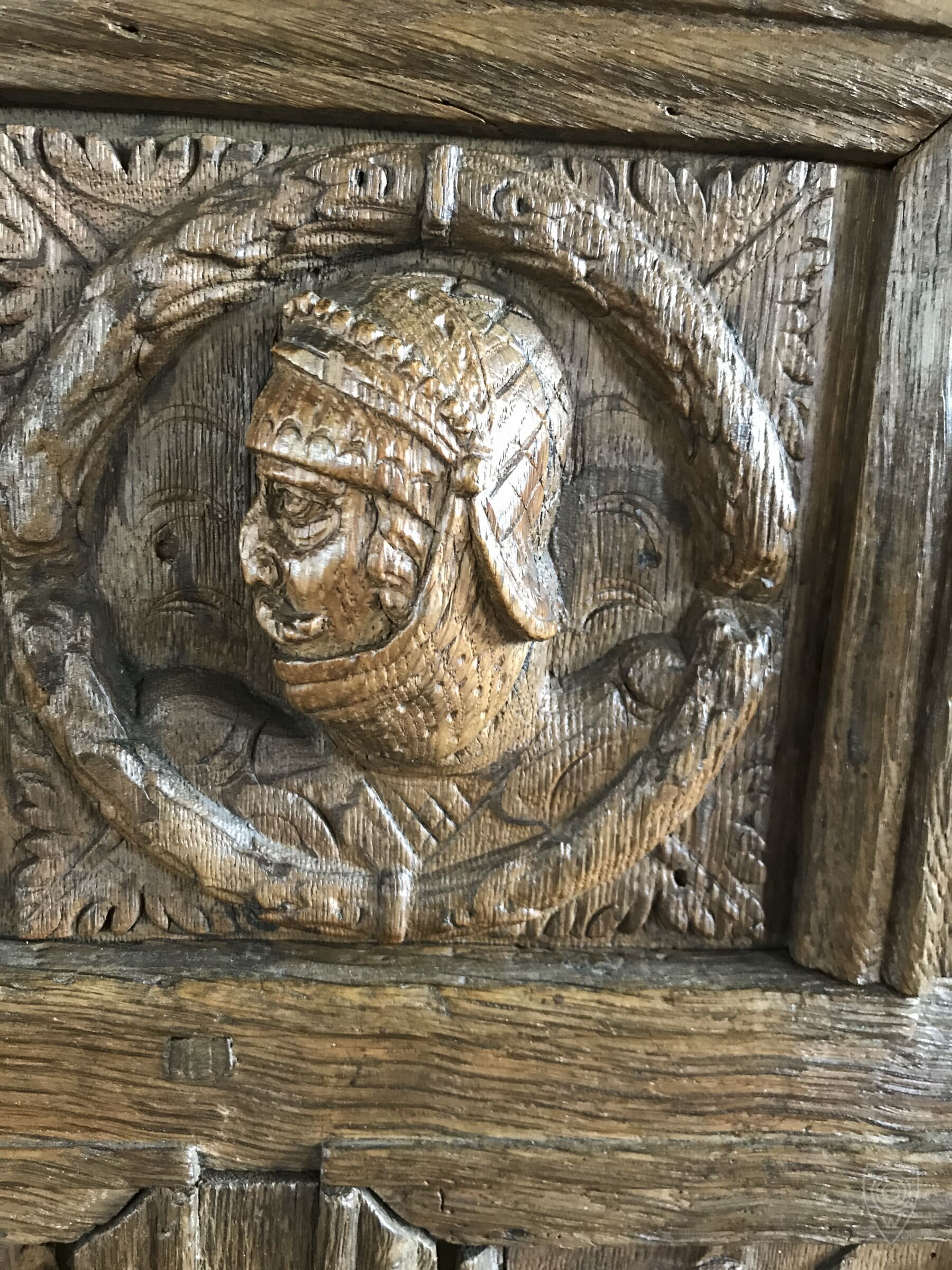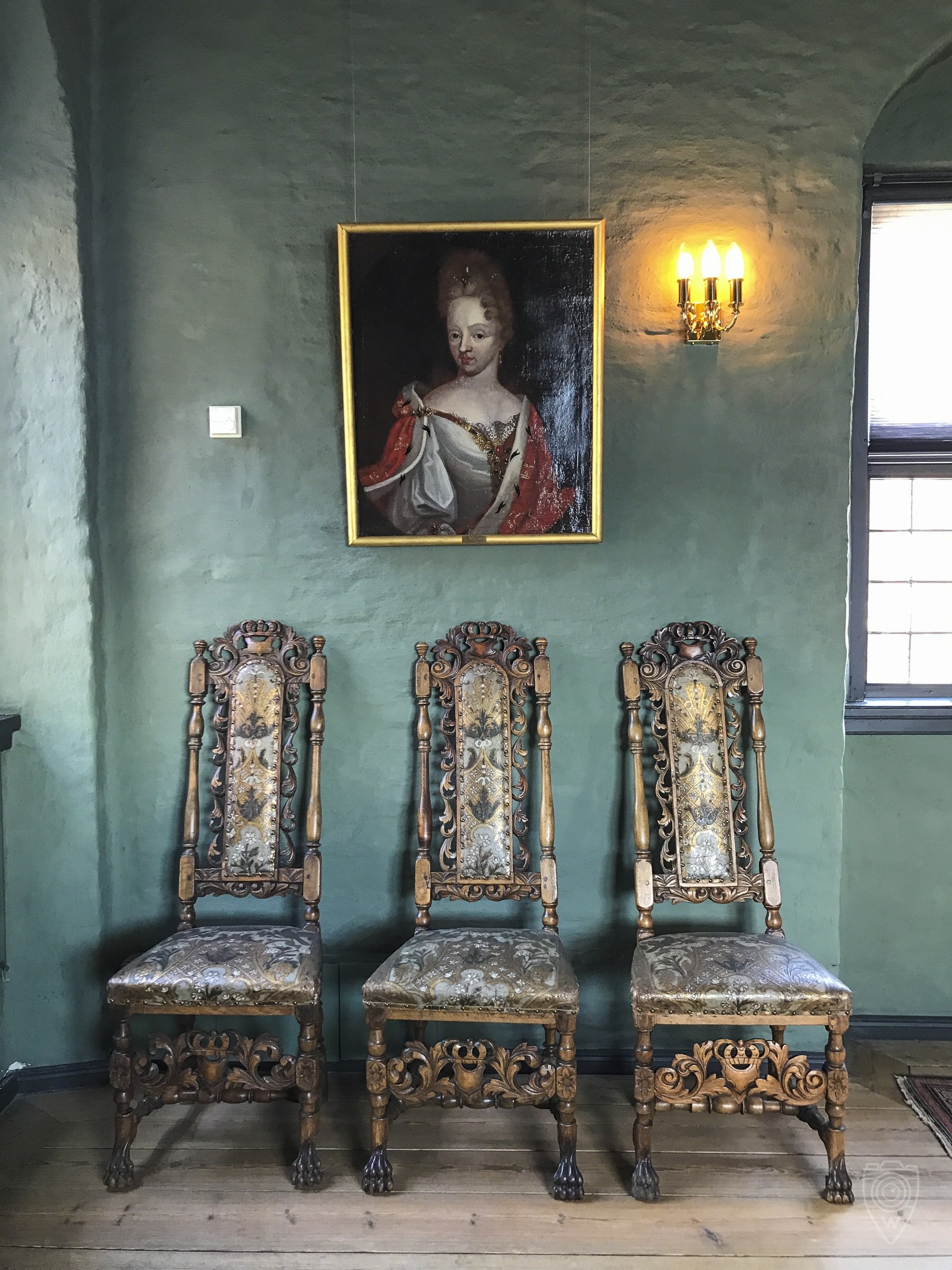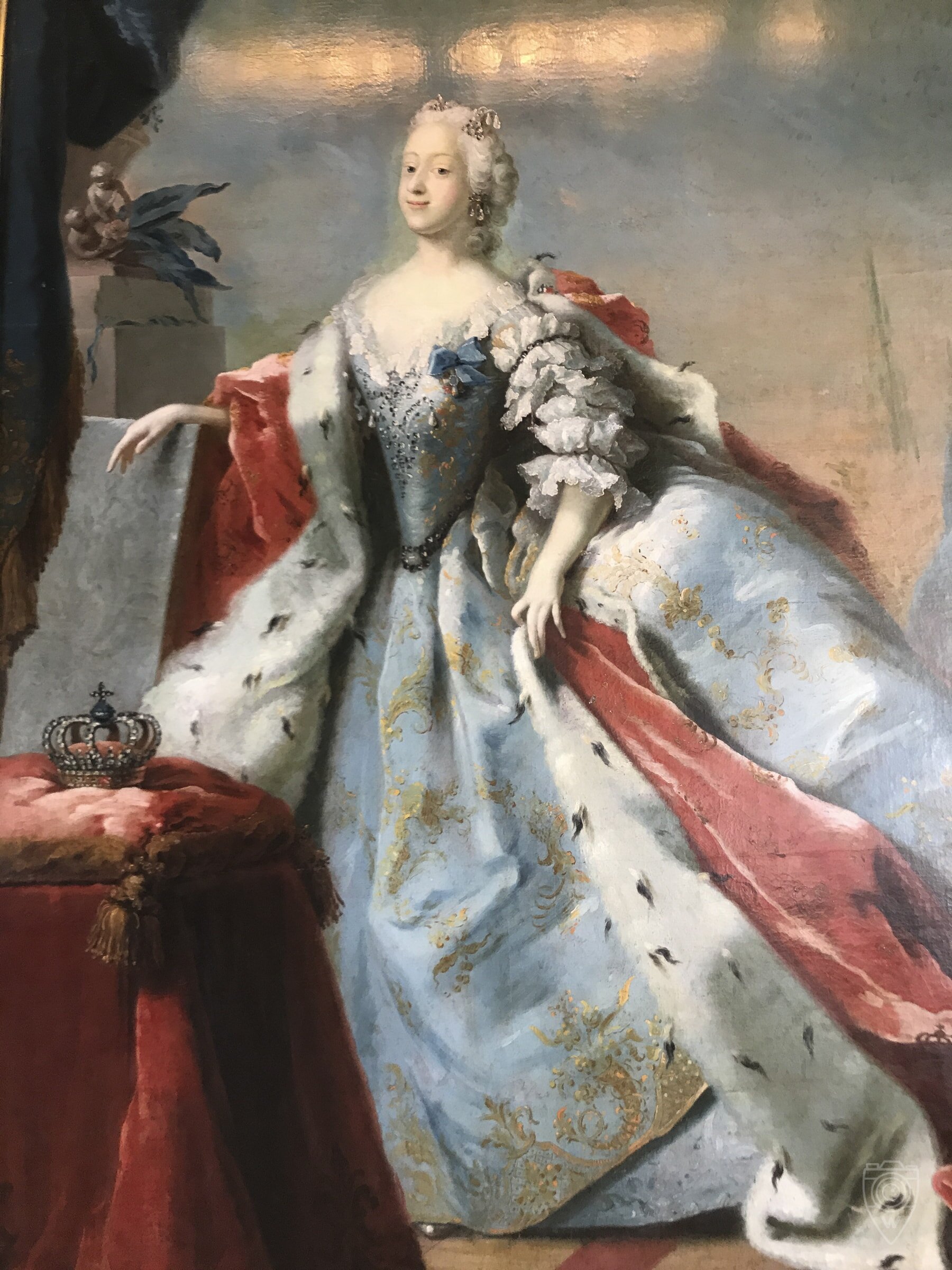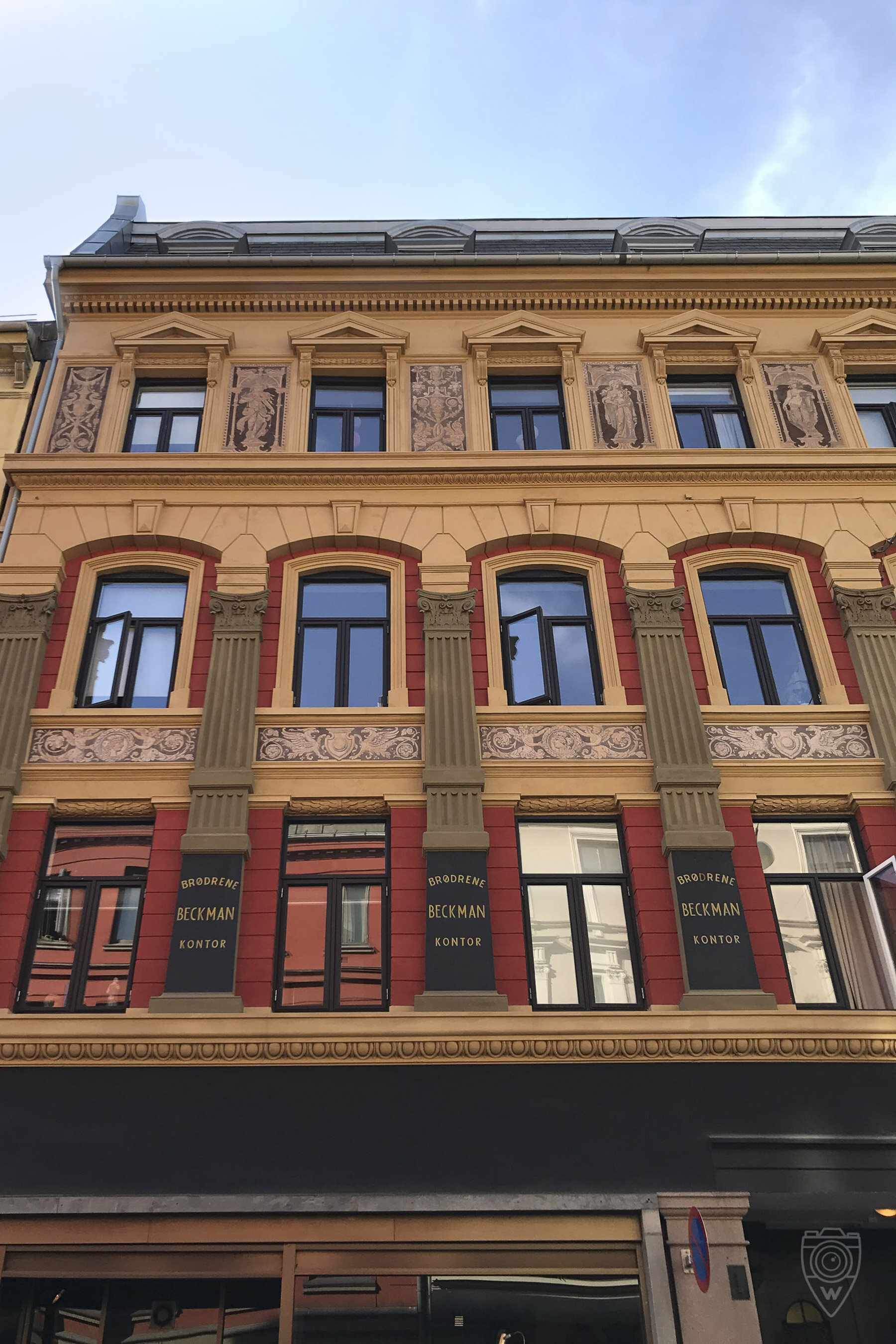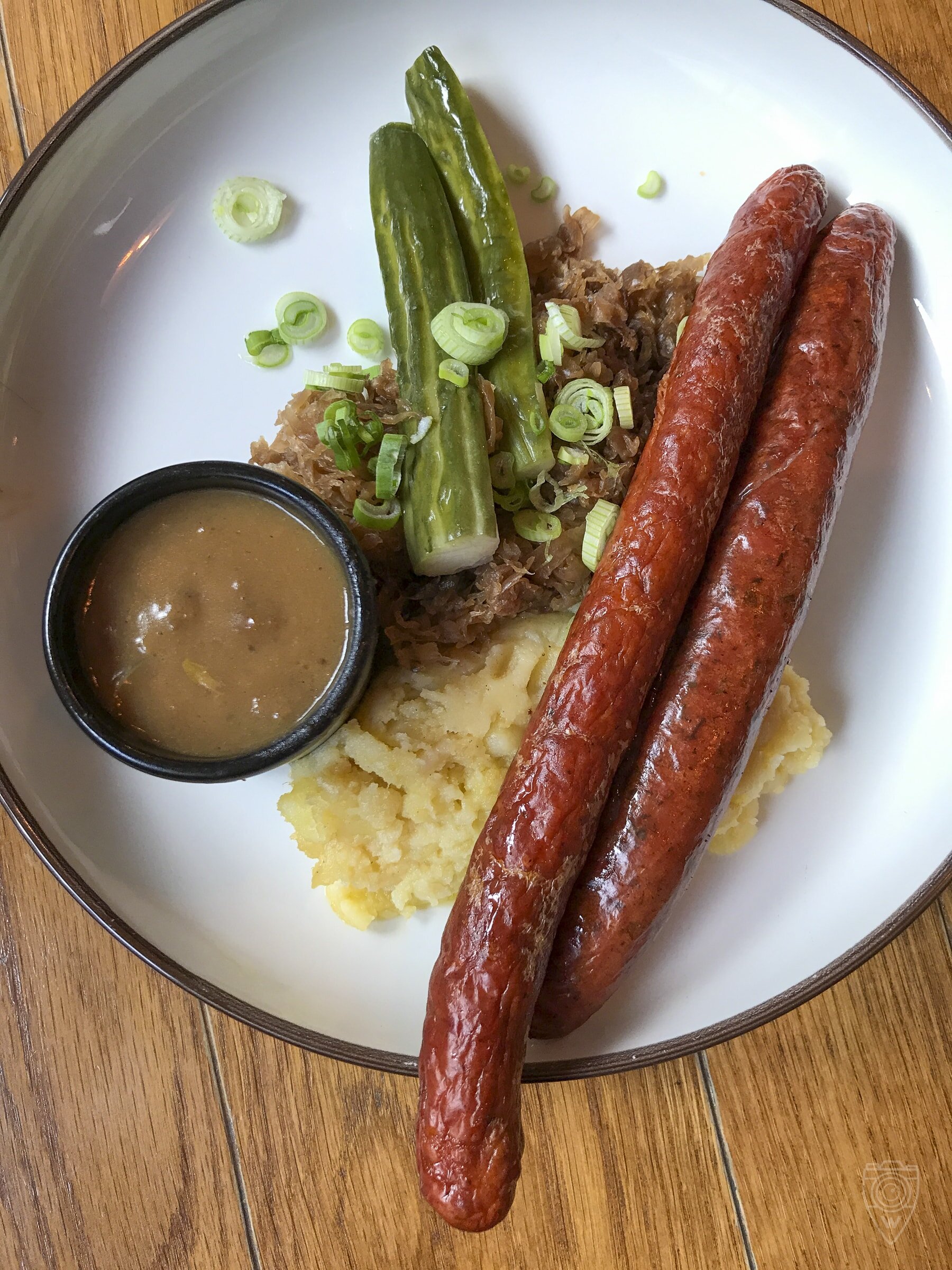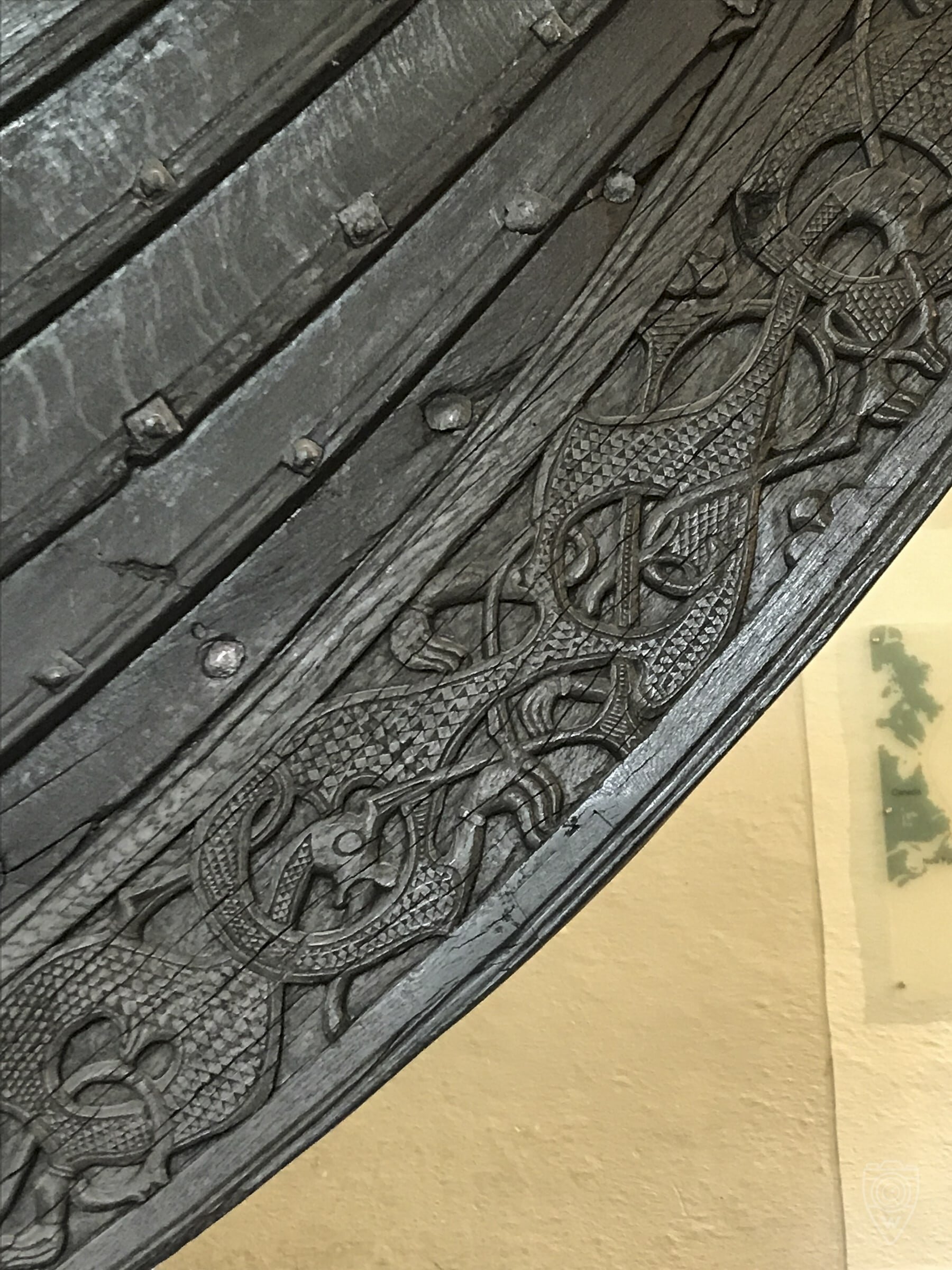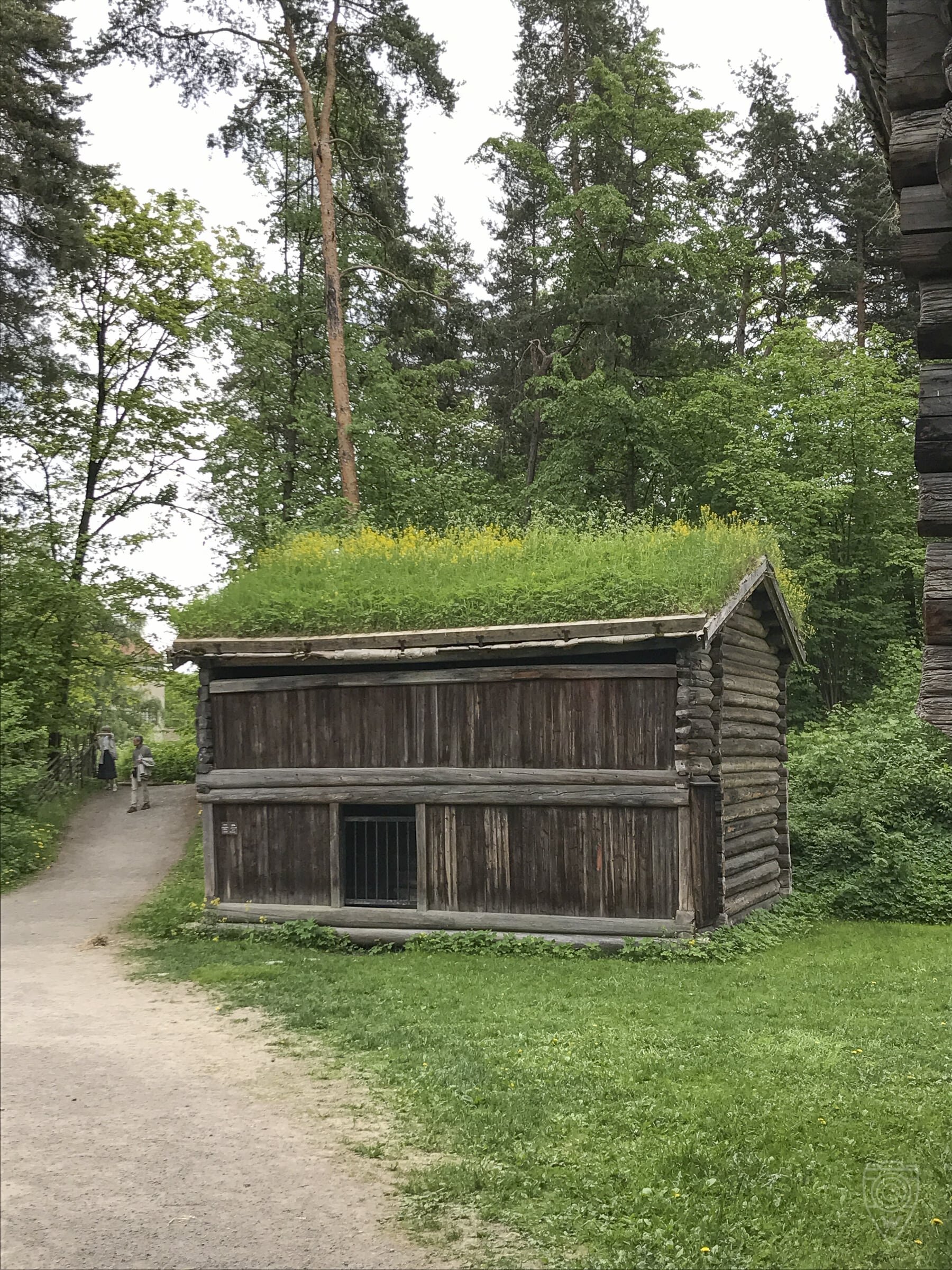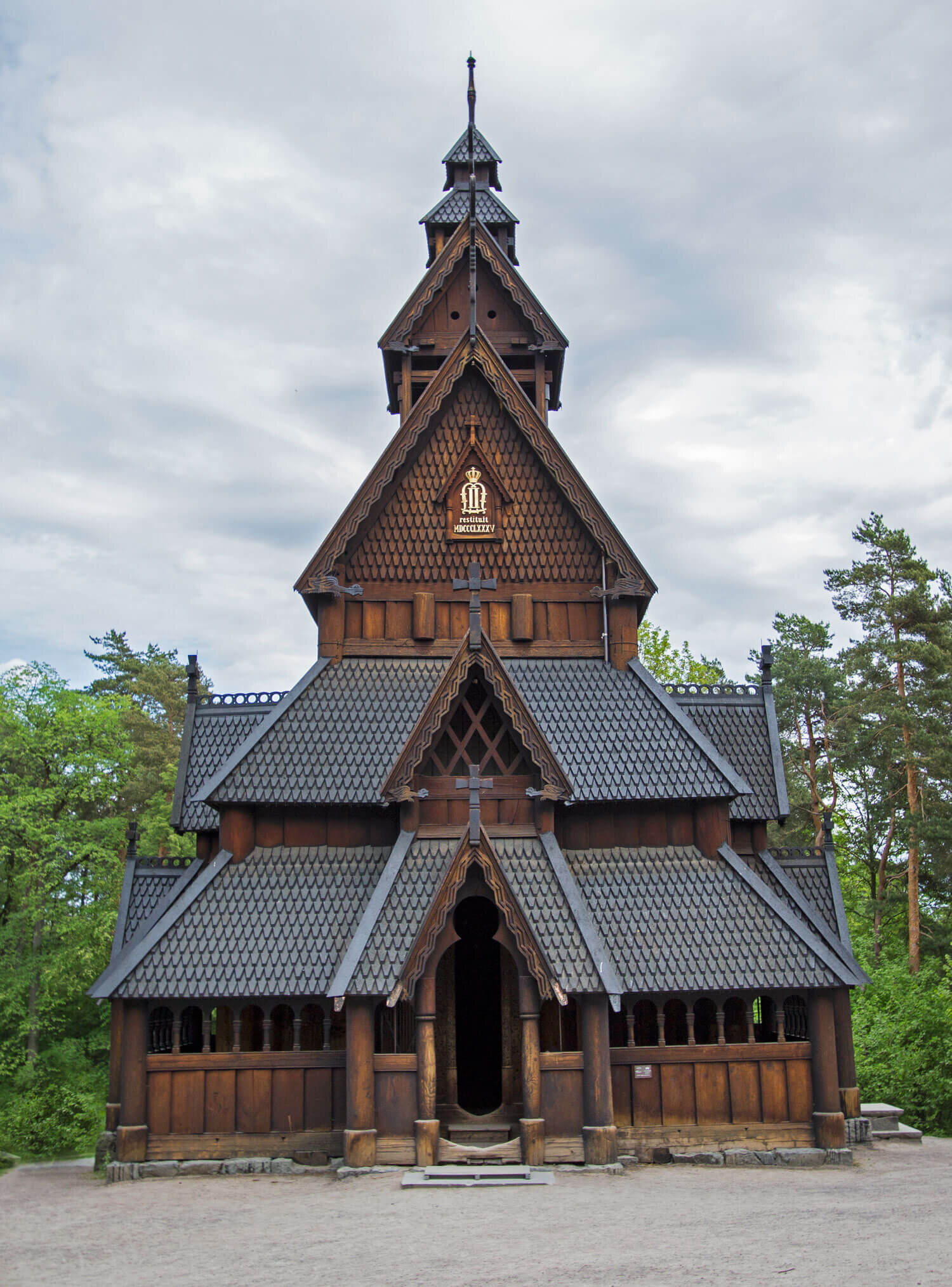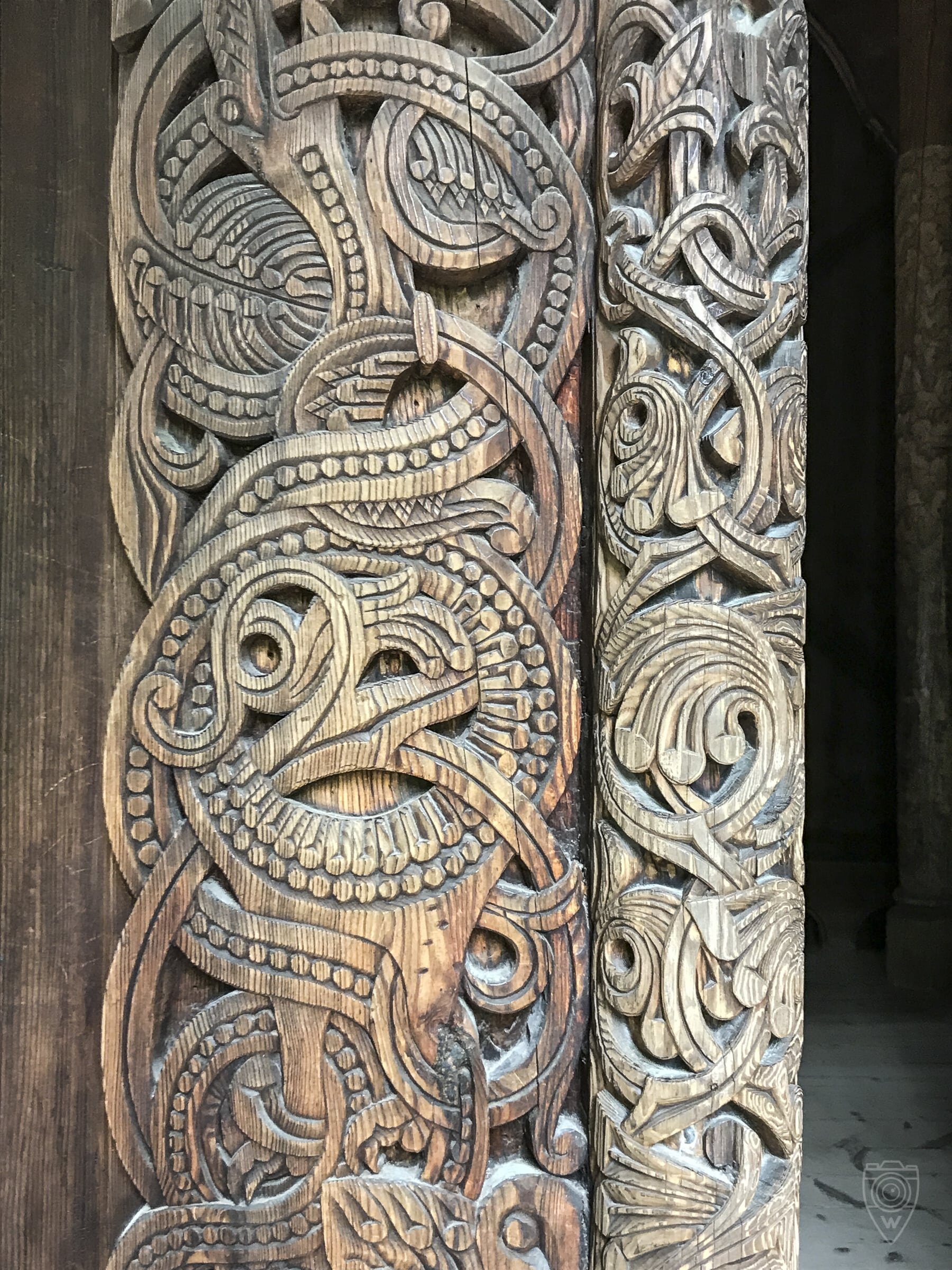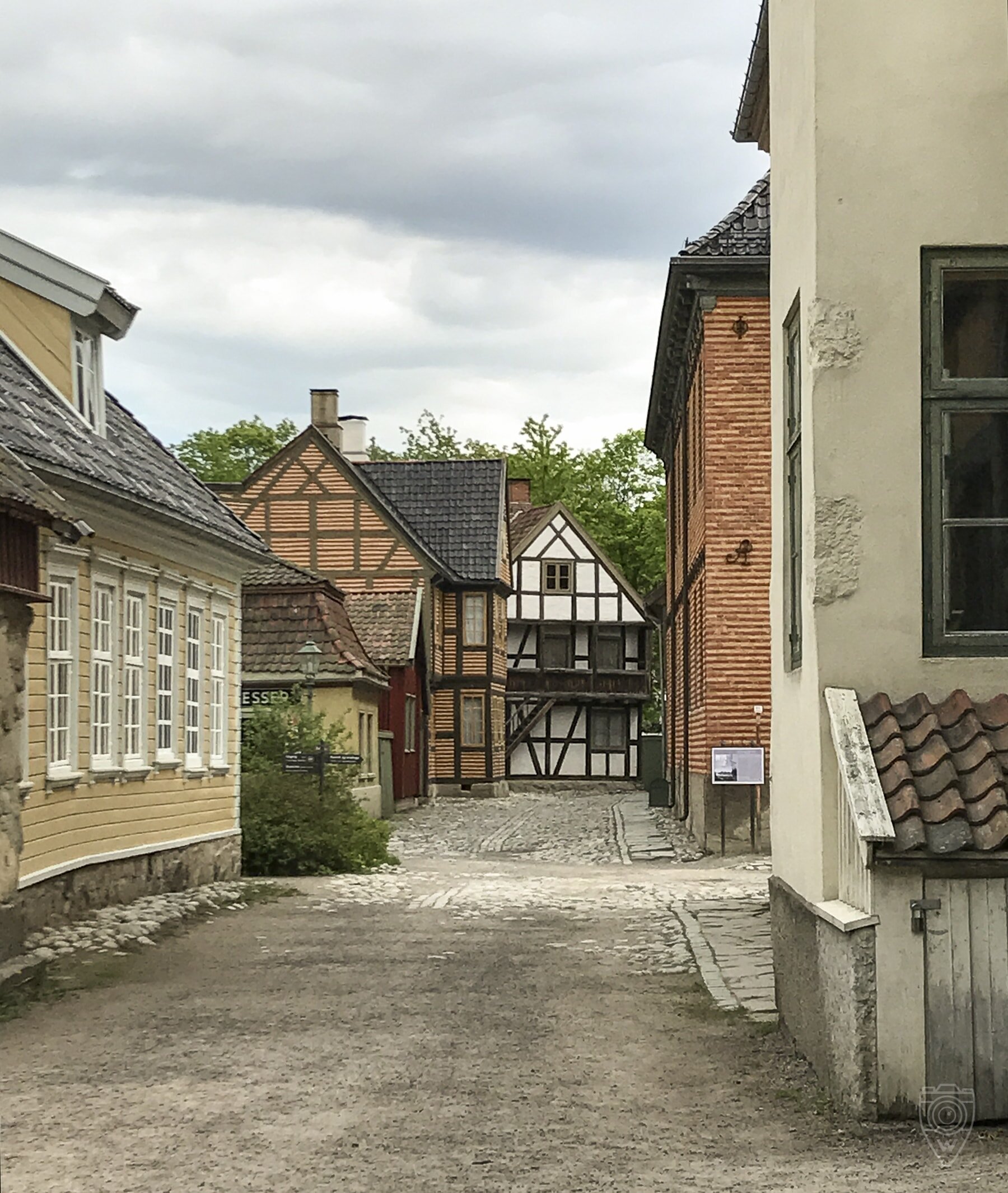Oslo in 48 hours
City Center
It was early morning, and downtown Oslo was abuzz with electricity. We stepped into an upscale coffee shop in search of breakfast before a full day of exploring. Stirring and grinding melded with smooth jazz playing in the background. We stood in line, ogling the pastry display at the front counter. Inside the case, I spied rolls spiraled with cinnamon and topped with giant white flakes of sugar, buns woven in intricate knots dusted with a light white powder, and light and fluffy creme puffs. I wish I could have eat one of everything. We ordered and took a seat, watching patrons holding newspapers come and go quickly as if on their way to work.
Tourists and locals hurried through the streets, passing boutique shops, flower markets, large plazas, and lively bars. While Bergen and Flam preserve the old Norway, Oslo embraces a hybrid of both old and new in interesting ways.
We made our way to the Royal Palace, a buttercream colored building with high arches, grand columns. Crowds roll in and out in waves, clamoring to take selfies with the statue of Charles John of Norway sitting proudly on a horse. I watched the royal guard march back and forth, announcing the next hour.
Akershus Castle and Fortress
Later in the day, we wandered toward Akershus Castle and Fortress. Usually, castles that offer tours will block off large portions to viewers. Still, here the connection between rooms and passageways felt endless. We stepped inside dark and cold prison cells under the kitchen, we marveled at long and lavish dining halls. We sat quietly, studying the faded paintings and tapestries on the 20-foot walls.
Grünerløkka
The neighborhood of Grünerløkka marries hipster vibes with old town charm. Columns and columns of tall, narrow windows stitched together to form a continuous quilt of rectangles on colorful backdrops. The area is concentrated liveliness. During the day, locals sip coffee outside cafes and restaurants while tourists amble about perusing the boutique windows. By night, we sampled from fancy cocktail bars, laid back craft beer pubs, or visited the local's favorite tiki bar.
Bygdøy
The following day, we took a ferry from Bygdøyfergene- City Hall pier and journeyed into the residential area of Bygdøy. In this small neighborhood across the water, several museums cluster closely together, making it easy to spend half the day here. The two we visited were The Viking Ship Museum and Norsk Folk Museum.
Viking Ship Museum
The Viking Ship Museum draws crowds by the busload daily. It holds some of the best-preserved Viking ships in the world. These ships were built for burial purposes for important people. I ambled around the beautiful vessels, admiring the curvature of the bow from just an arm's length away. I felt the vibrations of history emanating from every wooden plank and metal spike.
We watched the short animated video projected onto the ceiling. The story told of a Viking ship being made, sailed to sea in battle and conquest, then ended its life as a burial grave for a Viking king. For a moment, I forgot where I was and lost myself in the captivating graphics and sounds, imagining myself there.
Norsk Folk Museum
The Norsk Folk Museum is a 10-minute walk from the Viking Ship Museum. The expansive outdoor museum offers a glimpse of everyday Norwegian life during different eras as far back as the 1500s. I watched villagers, played by museum workers, collect their food from the local garden and work in the mock town. We entered log wood homes with thatched roofs, and ran our hands across the worn walls of the Stave Church.


